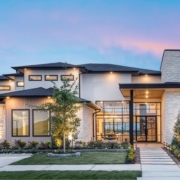Budget-Friendly Renovations That Don’t Sacrifice Style or Quality
Dreaming of a home makeover but worried about breaking the bank? Good news: a beautiful, functional space doesn’t have to come with a hefty price tag. With smart planning, creative solutions, and a focus on value, you can achieve stunning renovations without sacrificing style or quality.
Let’s explore budget-friendly renovation ideas that help you make the most of every dollar while transforming your space into something truly special.
Start with a Plan: Prioritize and Budget
The first step in any successful renovation—especially on a budget—is planning. Identify which areas need the most attention and where your investment will have the biggest impact.
Tips to get started:
- Create a list of must-haves vs. nice-to-haves.
- Set a realistic budget and stick to it.
- Get multiple estimates for larger projects.
- Factor in a contingency fund for unexpected expenses (typically 10-15%).
Clear priorities help you allocate resources effectively and avoid overspending. It also allows you to make confident decisions when it comes to where to save and where to splurge.
Focus on High-Impact Areas
When renovating on a budget, focus on spaces that offer the greatest return in function, aesthetics, or value.
Key areas to consider:
- Kitchens: Update cabinets with paint or new hardware, install a backsplash, or upgrade lighting.
- Bathrooms: Swap out fixtures, refresh grout, or install a new vanity.
- Living Rooms: Add fresh paint, new curtains, or a statement light fixture.
Small changes in these areas can dramatically elevate the look and feel of your home. Remember, it’s often the little things—like lighting and color—that make the biggest difference.
Cosmetic Updates: Big Impact, Small Cost
Not every renovation requires major construction. Cosmetic upgrades can breathe new life into a space.
Ideas to try:
- Paint walls, cabinets, or furniture for an instant refresh.
- Replace outdated hardware (knobs, pulls, faucets).
- Install peel-and-stick backsplash or wallpaper.
- Update light fixtures or add dimmers for ambiance.
These low-cost updates add style without major disruption or expense. A fresh coat of paint alone can transform a room, making it feel new and vibrant.
Repurpose and Reuse: Creative and Cost-Effective
Before buying new, consider what you already have.
Smart reuse tips:
- Refinish or repaint old furniture.
- Use leftover tiles for accent walls or small projects.
- Repurpose materials from salvage yards or resale shops.
DIY projects can add personality and charm while saving money. Customizing secondhand finds is not only economical but also results in unique, one-of-a-kind decor.
Shop Smart: Deals and Alternatives
Finding stylish materials at lower costs is easier than you think.
Where to save:
- Shop sales, clearance, or outlet stores.
- Consider open-box or gently used appliances.
- Explore alternatives like laminate instead of stone countertops or vinyl plank flooring instead of hardwood.
Mixing high and low-end elements can create a luxe look for less. Keep an eye out for seasonal sales, and don’t be afraid to negotiate for better deals with local suppliers.
Do It Yourself (Where It Makes Sense)
Tackling projects yourself can save labor costs, but it’s important to know your limits.
DIY-friendly tasks:
- Painting
- Installing shelves or curtain rods
- Laying peel-and-stick flooring
Leave plumbing, electrical, or structural work to the pros to avoid costly mistakes. However, even simple DIY upgrades can add immense value and a sense of accomplishment.
Maximize Space: Layout and Storage Solutions
Sometimes, better use of space makes more difference than adding square footage.
Ideas to improve layout:
- Rearrange furniture for better flow.
- Add built-in or modular storage.
- Use mirrors to make spaces feel larger and brighter.
Maximizing existing space is a budget-friendly way to improve functionality. Open shelving, multi-functional furniture, and smart storage solutions help make your home feel more spacious and organized.

#image_title
Renovate in Phases: Tackle Projects Over Time
If your budget is tight, consider renovating in stages. Prioritize urgent or high-impact projects first and plan others for later.
Phased renovation plan:
- Immediate fixes (leaks, damaged flooring)
- Cosmetic updates (paint, lighting)
- Larger upgrades (cabinets, appliances)
This approach allows you to manage costs, reduce stress, and maintain flexibility in your budget.
Use Virtual Tools and Apps: Plan Like a Pro
Technology can help you visualize your renovation and make informed choices.
Helpful tools:
- Design apps for room layouts and color schemes
- Budget calculators
- Online marketplaces for deals on materials and furnishings
These tools empower you to make smart decisions, save time, and avoid costly mistakes.
Sustainability: Save Money and the Planet
Eco-friendly renovations can be budget-friendly too.
Sustainable upgrades:
- Energy-efficient lighting and appliances
- Low-flow plumbing fixtures
- Recycled or reclaimed materials
These changes reduce utility bills and environmental impact—a win-win for your wallet and the planet.
Don’t Forget Curb Appeal: Affordable Outdoor Updates
First impressions matter. Budget-friendly exterior updates can boost your home’s value and charm.
Ideas:
- Fresh paint on doors and trim
- New house numbers or mailbox
- DIY landscaping (mulch, plants, garden borders)
Simple touches outside create a welcoming look and increase curb appeal.
Final Thoughts: Style, Quality, and Smart Spending
Renovating on a budget doesn’t mean cutting corners. With thoughtful planning, creative solutions, and a focus on value, you can achieve stylish, high-quality results without overspending.
Your home should reflect your personality and support your lifestyle—and with smart choices, you can create a space you love, at a price you can afford. Remember, it’s not about how much you spend, but how well you spend it.

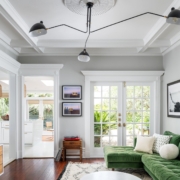
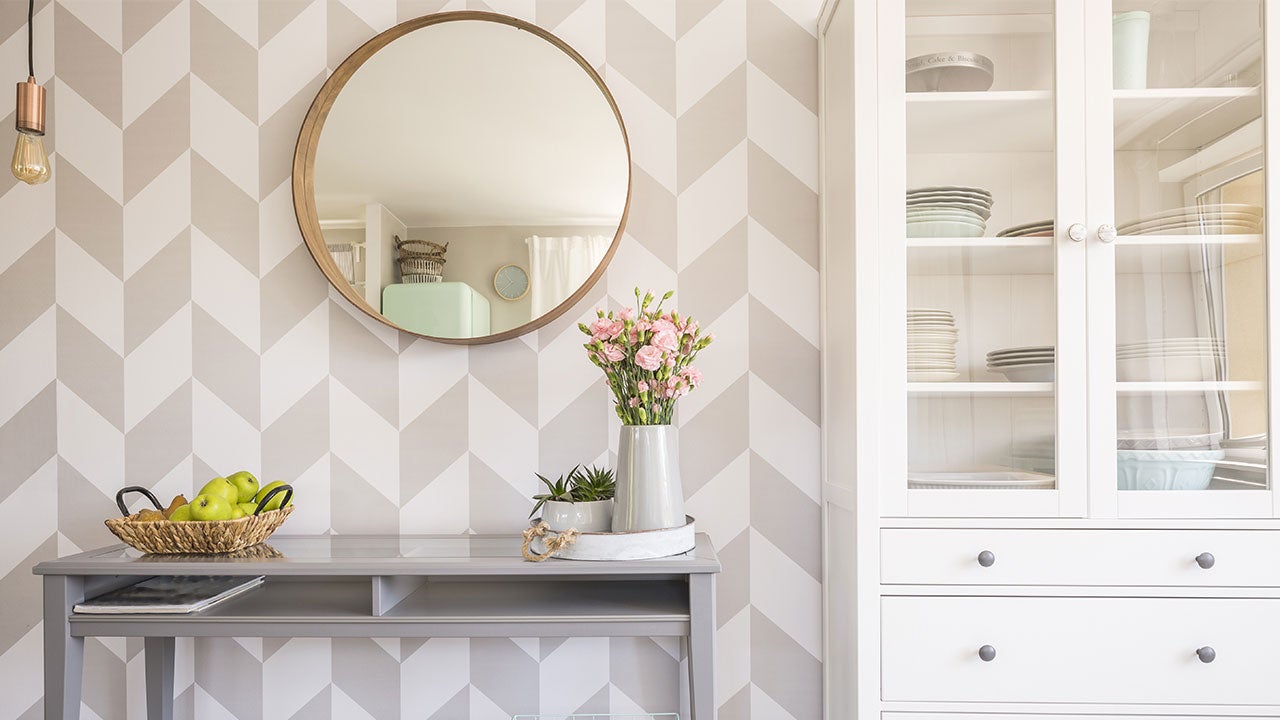



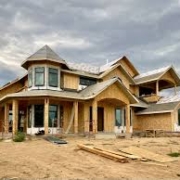



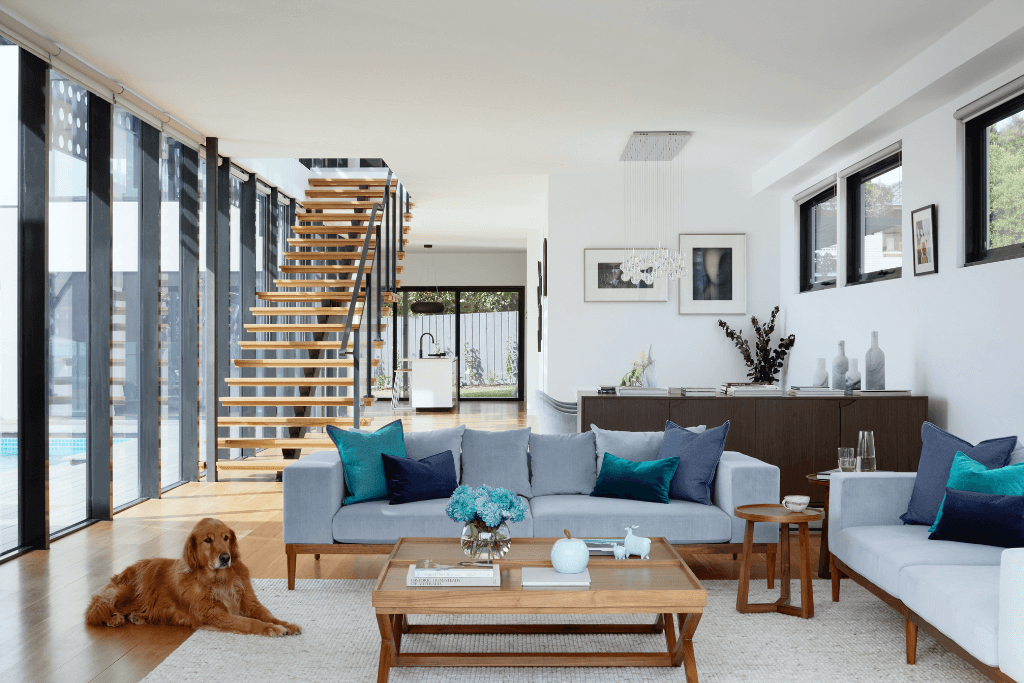
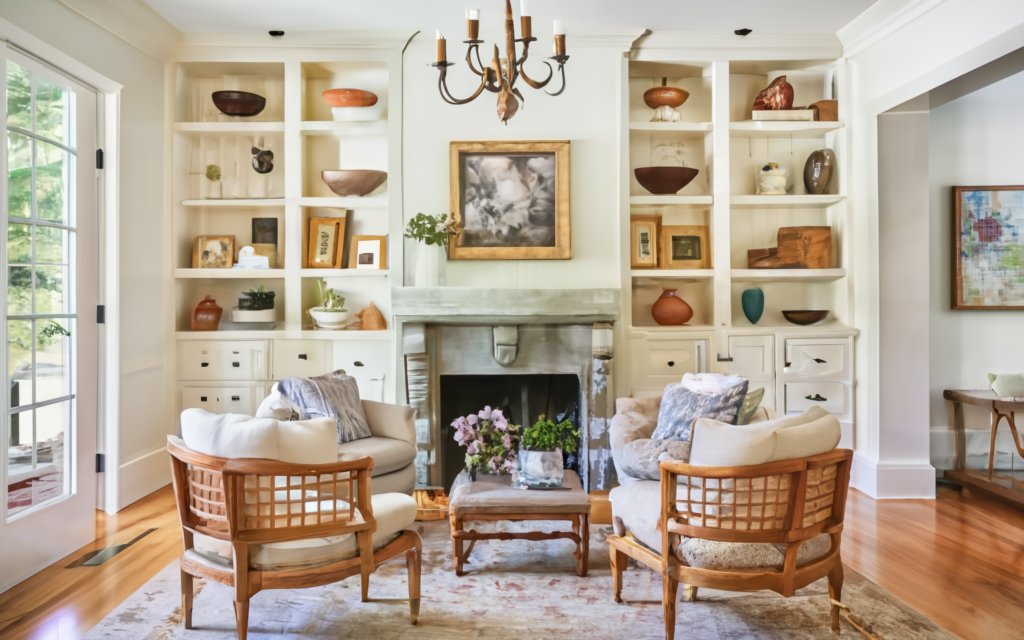



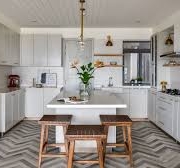
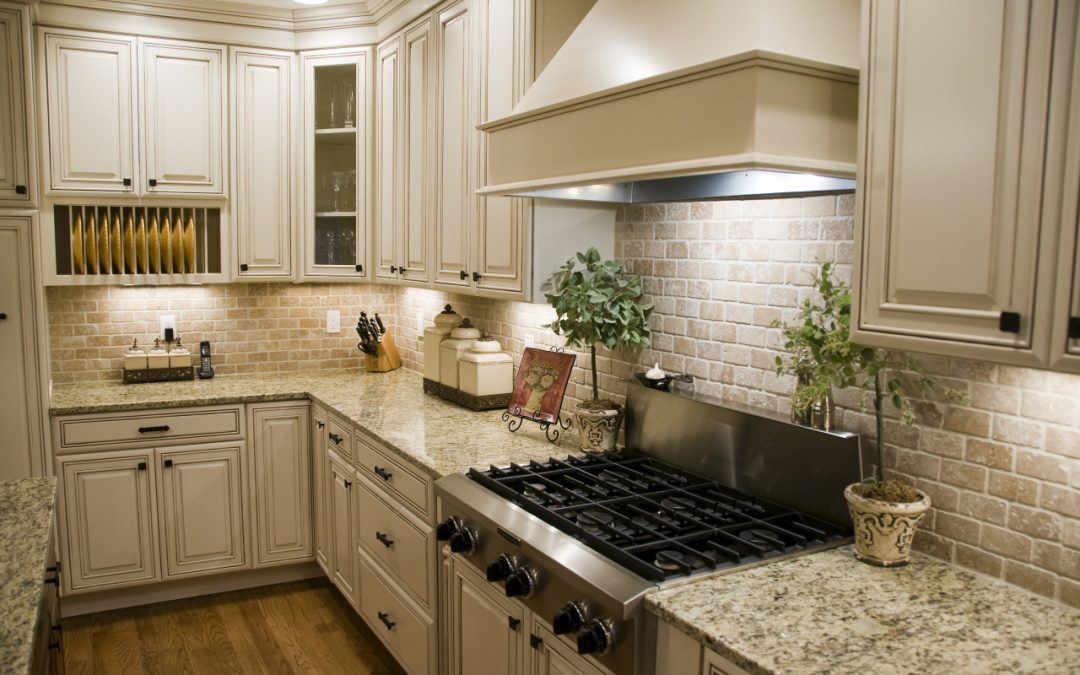
:strip_icc()/white-kitchen-marble-island-rattan-chairs-6rFV9ptcKTv9epEG3oLRIN-78e570f0546f4c3d8390238322c8c737.jpg)


